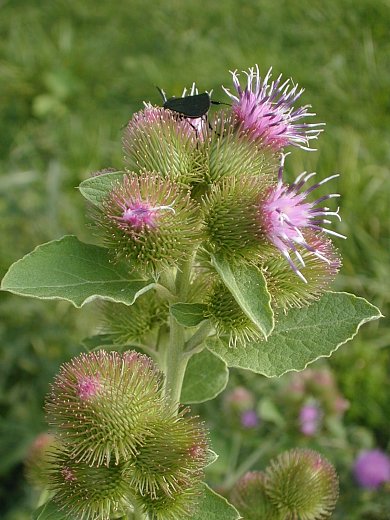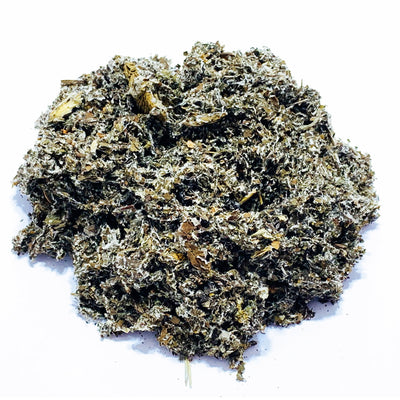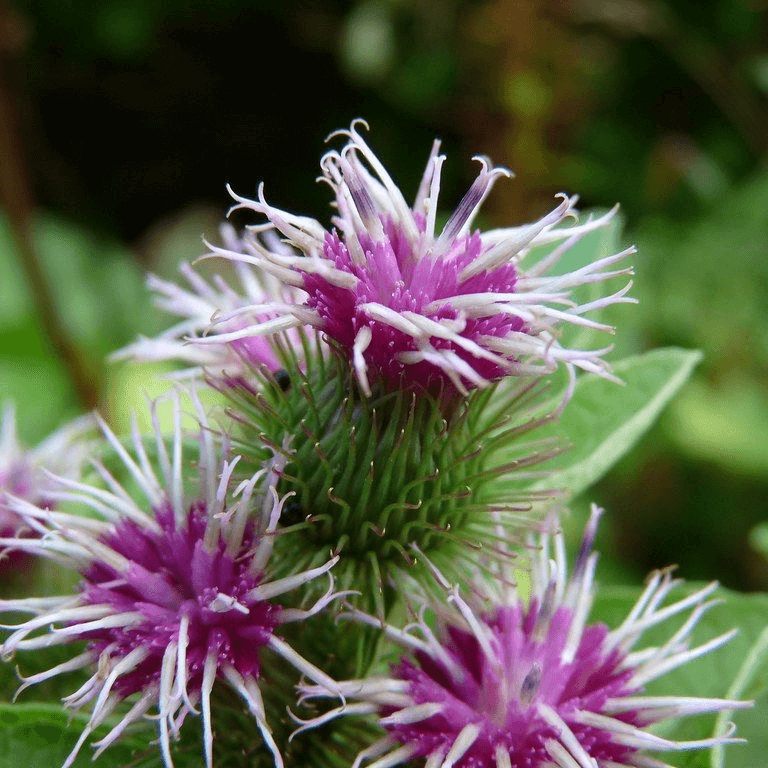Burdock Leaves: The Tasty Edible Leaves That Are Good For You
Introduction
Burdock is a common weed that is often seen growing along roadsides and in fields. However, this unassuming plant has a long history of use as food and medicine. The leaves of burdock are edible and can be cooked in a variety of ways. They have a mild, slightly bitter flavor that is often compared to spinach. Burdock leaves are also a good source of vitamins and minerals, including vitamins A, C, and K, as well as fiber.
Main Content
Nutritional Benefits of Burdock Leaves
Burdock leaves are a good source of several vitamins and minerals, including:
- Vitamin A: Vitamin A is important for vision, immunity, and skin health.
- Vitamin C: Vitamin C is an antioxidant that helps protect the body from damage caused by free radicals.
- Vitamin K: Vitamin K is important for blood clotting and bone health.
- Fiber: Fiber helps keep the digestive system healthy and can help lower cholesterol levels.
Health Benefits of Burdock Leaves
In addition to their nutritional benefits, burdock leaves have also been shown to have a number of health benefits, including:
- Anti-inflammatory: Burdock leaves contain compounds that have anti-inflammatory properties. This can help reduce inflammation in the body, which can be beneficial for conditions such as arthritis and allergies.
- Antioxidant: Burdock leaves are a good source of antioxidants, which help protect the body from damage caused by free radicals. This can help reduce the risk of chronic diseases such as cancer and heart disease.
- Detoxifying: Burdock leaves have been shown to help remove toxins from the body. This can help improve overall health and well-being.
- Skin health: Burdock leaves have been used to treat skin conditions such as acne, eczema, and psoriasis.
How to Prepare Burdock Leaves
Burdock leaves can be prepared in a variety of ways. They can be cooked like spinach, added to soups and stews, or pickled. Burdock leaves can also be dried and used in tea.
When to Harvest Burdock Leaves
The best time to harvest burdock leaves is in the spring or early summer, when they are young and tender. The leaves can be harvested by cutting them off the plant with a sharp knife.
Safety Precautions
In rare cases, some people may experience an allergic reaction to burdock leaves. If you experience any adverse reactions after eating burdock leaves, stop consuming them and consult with a healthcare professional.
Conclusion
Burdock leaves are a delicious and nutritious food that has a long history of use as medicine. They are a good source of vitamins and minerals, and they have been shown to have a number of health benefits. If you are looking for a new and healthy way to add some variety to your diet, consider trying burdock leaves.
For more information about the health benefits of burdock leaves, visit Garden Wiki.
FAQ of burdock leaves
- What are burdock leaves?
Burdock leaves are the leaves of the burdock plant, which is a member of the daisy family. They are large, lobed leaves that can grow up to 12 inches in diameter. Burdock leaves have a slightly bitter taste and are often used in herbal remedies.
- What are the health benefits of burdock leaves?
Burdock leaves are a good source of vitamins A, C, and K, as well as fiber. They also contain a number of other nutrients, including quercetin, rutin, and arctiin. These nutrients have been shown to have a variety of health benefits, including:
* Anti-inflammatory effects: Burdock leaves have been shown to reduce inflammation in the body. This can be helpful for conditions such as arthritis, eczema, and psoriasis.
* Antioxidant effects: Burdock leaves are a good source of antioxidants, which can help protect the body from damage caused by free radicals. Free radicals are unstable molecules that can damage cells and lead to chronic diseases such as cancer and heart disease.
* Immune-boosting effects: Burdock leaves have been shown to boost the immune system. This can help the body fight off infection and disease.
* Digestive health benefits: Burdock leaves are a good source of fiber, which can help improve digestion. They can also help reduce bloating and gas.
- How to eat burdock leaves?
Burdock leaves can be eaten raw, cooked, or juiced. They are often used in stir-fries, soups, and salads. Burdock leaves can also be juiced and added to smoothies.
- Are there any side effects of burdock leaves?
Burdock leaves are generally safe for most people to consume. However, some people may experience side effects such as nausea, vomiting, and diarrhea. If you experience any side effects after eating burdock leaves, stop consuming them and talk to your doctor.
- Is burdock leaves safe for pregnant women and children?
There is not enough research to say whether burdock leaves are safe for pregnant women and children. It is best to avoid consuming burdock leaves if you are pregnant or breastfeeding.
Image of burdock leaves
- Burdock leaves growing in a field.

- A close-up of a burdock leaf.

- A burdock leaf with its distinctive spines.
- A cluster of burdock leaves.

- A burdock leaf with its veins highlighted.

- A burdock leaf turning yellow in autumn.

- A dried burdock leaf.

- A burdock leaf being used in a traditional Chinese medicine preparation.

- A burdock leaf being used in a salad.

- A burdock leaf being used in a tea.


Post a Comment for "Burdock Leaves: The Tasty Edible Leaves That Are Good For You"